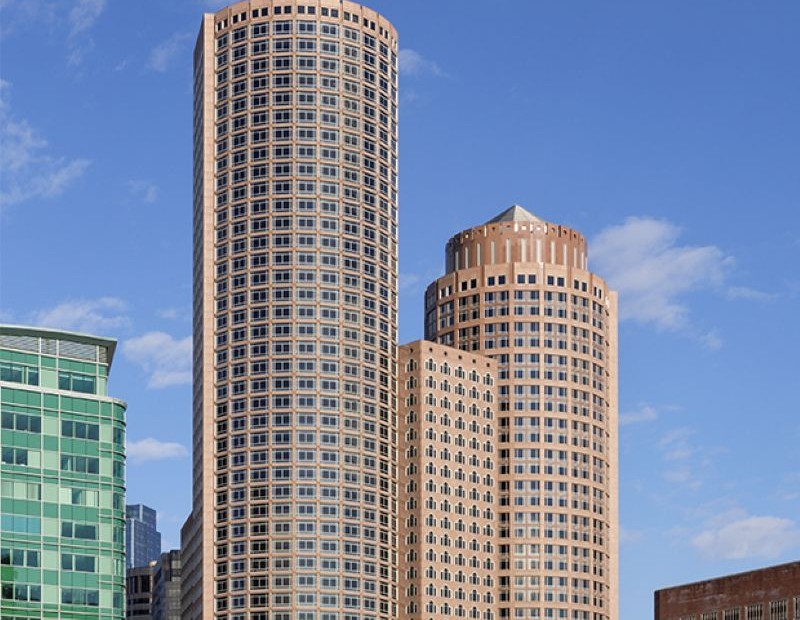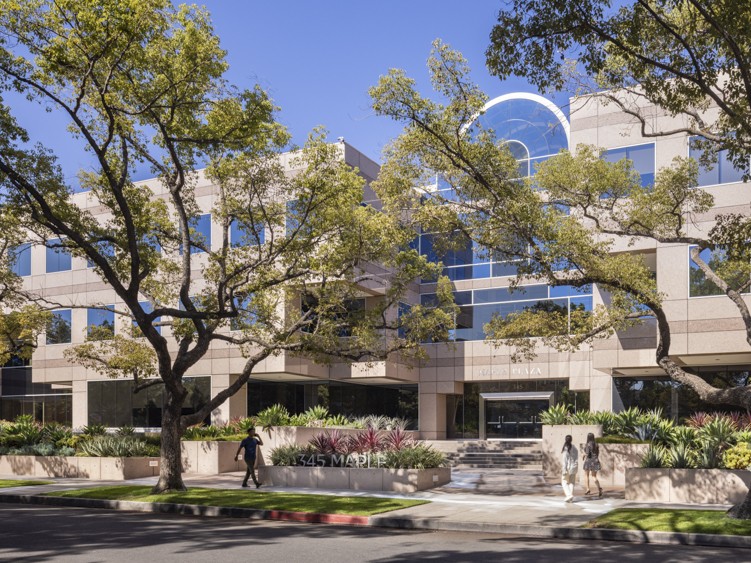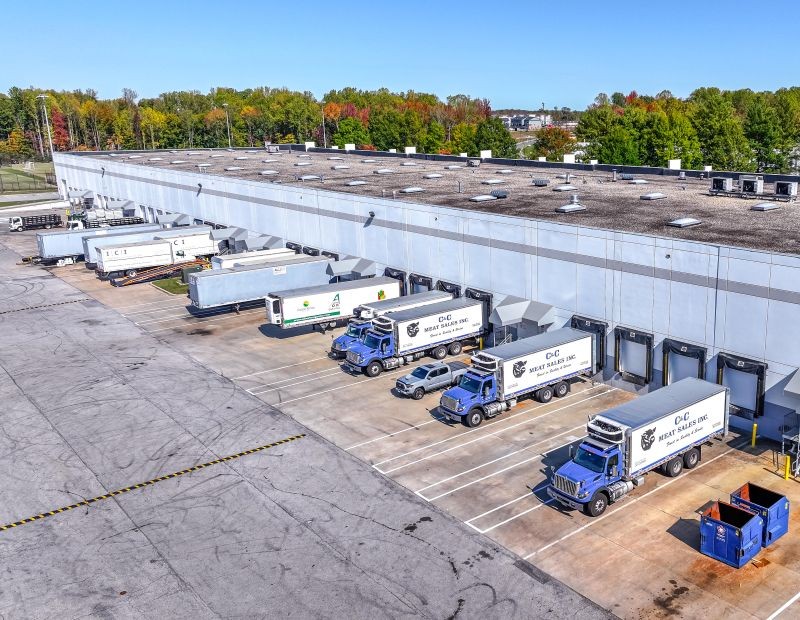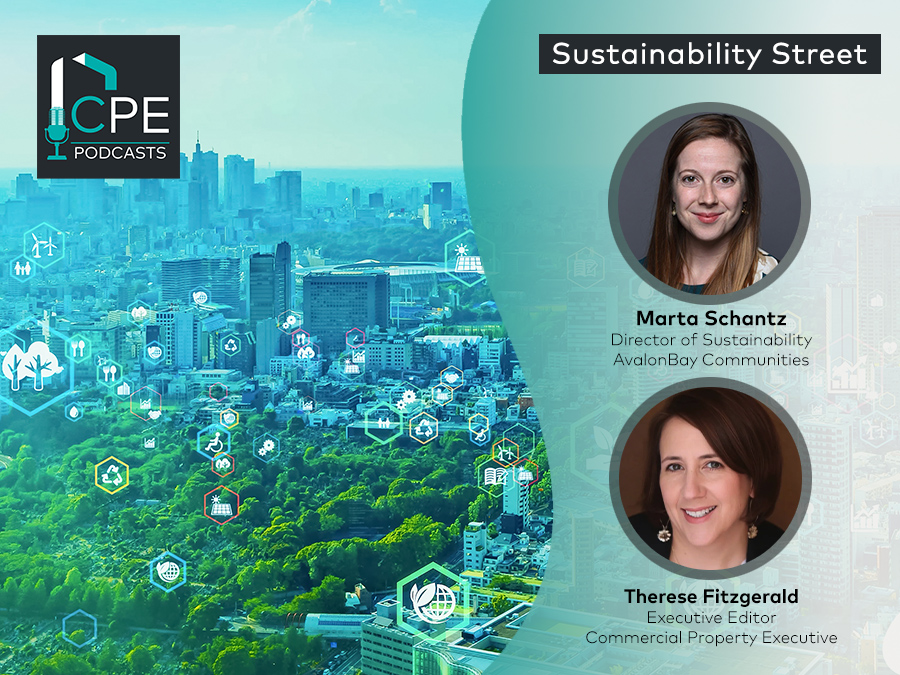Deep Dive: Phoenix vs. Dallas
Imperium Capital’s Daniel Glaser compares two very different—and thriving—southwestern markets.
Elevated demand and low supply are driving industrial growth across the country. As of the third quarter, the industrial vacancy rate hit a record 3.9 percent and rents increased 7.1 percent quarter-over-quarter, according to Prologis. While the supply chain has experienced some disruptions, substantial e-commerce and retail sales continue to drive the need for industrial space.
“There has been approximately five years of e-commerce growth packed into one to two years,” Daniel Glaser, managing partner at Imperium Capital, told Commercial Property Executive.
Imperium Capital recently launched its new vertical, IG Logistics, an industrial platform focusing on infill industrial assets in high barrier to entry markets with robust logistics growth driven by e-commerce. The New York-based company plans to invest more than $250 million into industrial assets over the next year.
In the interview below, Glaser talks about the company’s strategies and key industrial markets like Phoenix and Dallas. He sheds light on some of the key differences and similarities between Dallas and Phoenix and reveals why these markets are a must-have for a strong industrial portfolio.
A surge in e-commerce is driving demand for warehouse and last-mile facilities across the entire U.S. How is the industrial sector currently holding up in terms of supply and demand?
Glaser: Currently, demand is quite robust for industrial real estate and for infill industrial real estate, both of which are crucial to the supply chain. At this moment in time there is more demand than supply, so owners of any last-mile facilities are in relatively good positions.
READ ALSO: How the Supply Chain Crisis Impacts Industrial Real Estate
How has the health crisis changed the nature of logistics systems, and how is it affecting supply chain expansion?
Glaser: Largely due to the current pandemic there has been approximately five years of e-commerce growth packed into one to two years. This has made it necessary for logistics companies and other e-commerce groups to expand their footprint and their facilities to address and keep pace with the surge in demand.
The top industrial markets in the U.S. as well as the biggest cities, such as South Florida, Nashville, Dallas and Denver, have a limited supply of industrial land and facilities, which is why IG Logistics is so bullish on those markets. If we can enter these markets and acquire some of these properties this will outweigh the supply. Essentially, it’s important to focus heavily on land-constrained markets.
Imperium Capital targets facilities in Dallas and Phoenix as well. Why are these markets a must-have for a strong industrial portfolio?
Glaser: We are incredibly focused on high growth markets in the U.S., and we view Phoenix and Dallas as two of these markets. In our eyes, high growth markets constitute land-constrained areas where both job and population growth are increasing rapidly. Each of these cities is currently seeing a strong uptick in businesses and people relocating there, and so we feel strongly that they are excellent areas for long-term investments.
How do these markets fit your investment strategy?
Glaser: Right now, we’re focused on purchasing last-mile facilities in high growth markets across the U.S. The indicators of a high growth market are tremendous job and population growth. These are cities we see real potential and opportunity in in the long-term. Both Dallas and Phoenix are attracting a lot of relocating businesses, especially Phoenix, as many California-based companies seek to find areas with lower tax rates. This provides strong evidence to us that these markets present a solid investment opportunity.
What are some of the key differences and similarities between the Phoenix and Dallas industrial markets?
Glaser: Regarding similarities, there are a lot of different businesses from California, and other states, in the process of moving their headquarters to both markets. Additionally, both are booming cities with large job and population growth. In terms of last-mile facilities, there is also more demand than supply in these locales.
Despite sharing these similarities, though, there are some differences, namely the drivers for each market. For example, Dallas is a much bigger market. The industrial real estate that we focus on in Dallas predominantly serves the Dallas market. Phoenix, on the other hand, serves more than just the city itself. Industrial real estate in this city services surrounding markets as well, and so IG Logistics is less focused on industrial real estate in downtown Phoenix and is instead more interested in real estate along Interstate 10, which essentially connects the city to California.
The most exciting part of Phoenix is its proximity to the west coast, namely Los Angeles, and so our interest falls on all of the surrounding markets, in addition to Phoenix itself.
READ ALSO: Phoenix Is Thriving. Here’s Why.
Between Phoenix and Dallas, where is competition stronger and why?
Glaser: Truthfully, competition is quite strong in both markets. Dallas and Phoenix represent two of the best markets for industrial real estate investment in the country. That said, in terms of the types of properties that we focus on—outdoor storage and truck parking—there is more specific competition for that specific asset class in Dallas because there are a lot more of those types of properties there. We’ve witnessed firsthand a lot of institutional capital on the hunt for these specific assets in Dallas.
What can you tell us about the hottest areas of these two markets? In what parts of Dallas and Phoenix do most investors want to be?
Glaser: All the e-commerce tenants in Phoenix want to be in the city’s southwestern submarket, which is south of I-10 and west of downtown. This is due to the proximity of this area to all of Phoenix. It also has that connectivity to California and Los Angeles. There are a lot of goods that travel to Phoenix from a Los Angeles port along I-10, whereupon they enter Phoenix. If an e-commerce tenant’s goods can be delivered from California to a facility in this southwestern corner, they can then transfer the goods to people’s homes in Phoenix with relative ease. This southwestern submarket is where most of the warehouse and industrial properties are currently located, and where all the industrial development is happening.
Regarding Dallas, the Dallas Fort-Worth Metroplex is so large that industrial facilities are in many different pockets, unlike the southwest concentration in Phoenix. Last-mile facilities can really be found anywhere in Dallas where there exists good highway access and a relatively close proximity to the city. Those two elements equal a great location.
Currently we’re in contract to purchase two outdoor storage sites in Dallas. We’ve already bought and sold several sites in the city, including a 20-acre industrial site at 4001 Irving Blvd., which is truly the best location for outdoor storage and truck parking in all of Dallas. However, we ended up selling the site to one of largest trucking companies in the country after we were approached with an unsolicited offer earlier this year.
Do you expect a slowdown in industrial demand in the near future? Why or why not?
Glaser: We do not expect a slowdown in industrial demand in the near future. E-commerce has grown exponentially in the past several years. A huge number of individuals are now ordering goods online that had never done so in the past because they were forced to during the current pandemic. Now that these individuals have seen how easy online shopping is, they’re doing it more and more. To keep pace with this growth in e-commerce, tenants must expand their industrial footprint to address the top markets, where there is currently more demand than supply.









You must be logged in to post a comment.